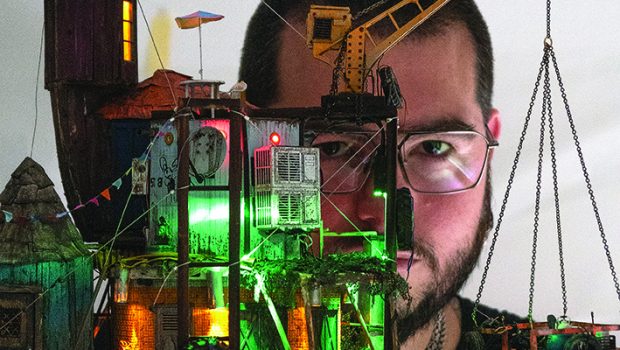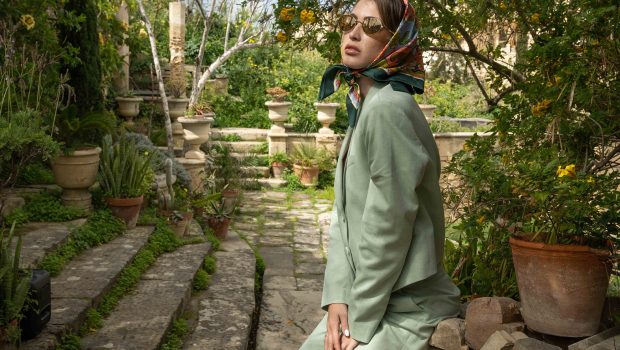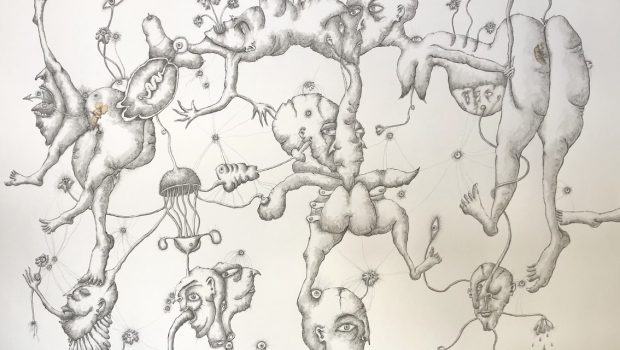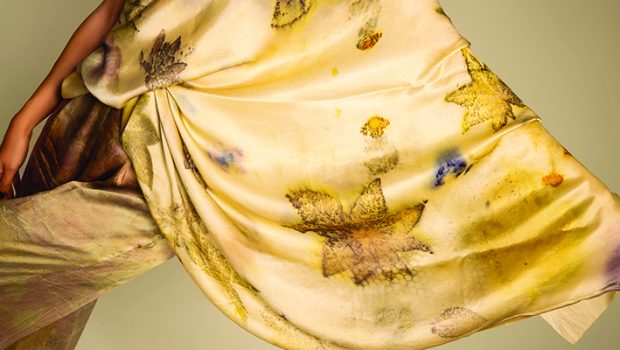The great debate
By the time Charlotte Figi was two years old, she was diagnosed with a rare and deadly form of epilepsy, known as Dravet syndrome ...
WORDS: JULIAN CARDONA
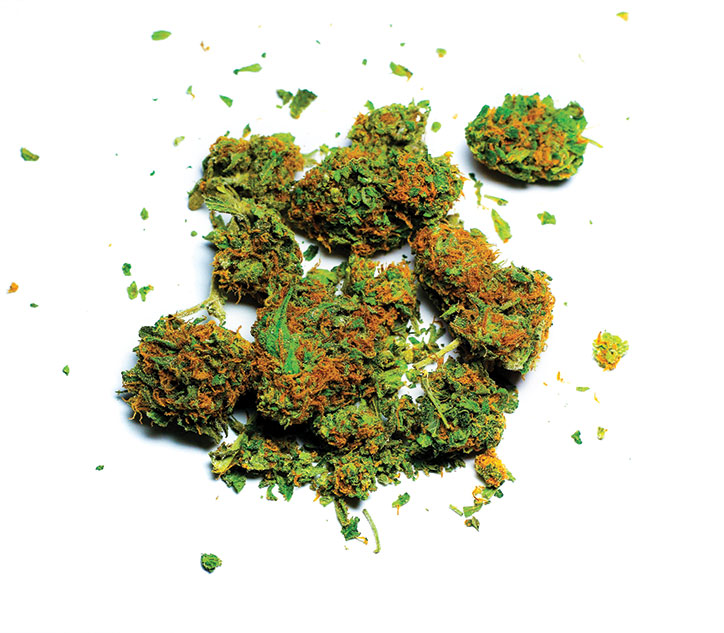
a condition that sent her feeble little body into an average of 300 seizures a week. That is almost 43 a day and almost two an hour. Her face would distort as if moulded by pain; her eyes would narrow as if with sadness. Then it got worse. Her personality would change as she would start banging her head on the floor and pulling her hair as if possessed by an irrepressible demon. To see the little girl suffer is to see all hope die. Her parents, Paige and Matt Figi, were desperate. They knew that young children diagnosed with this syndrome would normally die at the age of three. Charlotte was almost three. They tried everything – from special diets to acupuncture to Valium – then went on to stronger medication, which made things worse. “On one occasion her heart stopped, I lost her pulse and started CPR,” recalls Paige, rubbing her eyes.
Charlotte made it to five, but her nights became a waking nightmare. From one fit to another, life was slowly being sucked out of her. Matt, her father, was a US marine deployed in Afghanistan and he could do nothing except scavenge the internet for a solution. Nothing could prepare him for what he found next. It seemed like a solution: an unexpected, nonconforming, most unwanted solution. It was marijuana. Shocked, but curious, he started investigating…
It should be understood that marijuana was not always considered an illegal drug. In the USA, for example, it was legal for medical and recreational purposes and it was only after an intense anti-cannabis/marijuana campaign carried out in the 1930s that it came to be considered dangerous. But does marijuana really have medicinal properties and, if it does, do the positive effects become overshadowed by the negative symptoms, such as addiction? Oh, and is cannabis really so addictive?
One question at a time, please. Let’s start with the basics. Marijuana is basically made up of two ingredients: THC, which is the stuff that makes you high, and CBD, which scientists believe helps modulate the electrical activity in the brain and so, potentially, could help control seizures. So technically, medical marijuana would be one that is low in THC and high in CBD. The problem is, as most sceptics will immediately point out, that most of the cannabis (the plant from which marijuana is derived) that is grown is modified so that it is high in THC: getting high, of course, is the main marketing point of marijuana. Moreover research has shown that THC levels have increased from an average of one per cent in 1972 to around 13 per cent today.
Are people becoming more obsessed with the psychotic effects of cannabis? The answer seems to be yes. But, to be objective one must pose this question: if cannabis is legalised for medical purposes, would it not make sense for cultivators to start cross-breeding plants so that they are high in CBD and low in THC? The answer for some pot-field owners in Colorado (one of the states in the USA in which smoking marijuana for medical reasons is legal) is a resounding “yes”! You see, it is not only in the case of seizures where marijuana can be useful. Research has indicated that properly grown cannabis can be useful for treating symptoms of spasticity, glaucoma, Alzheimer’s disease, nausea and vomiting and, surprisingly, even certain forms of cancer. This seems to suggest that the only way to control the high THC levels is through a proper regulation of cannabis. Legality in cases of medical use might be the first step.
But there are as many sceptics as there are believers. The truth is that even though cannabis has been found to be effective in many cases, there is still not one report supplying enough proof to enable everyone to agree. Can it be argued that the cons outweigh the pros? Sceptics and anti-marijuana lobbies are quick to point out that not only do the immediate effects of taking marijuana include rapid heartbeat, disorientation, a lack of physical coordination, depression and panic attacks, but the problems certainly do not end there. According to scientific studies, THC remains in the body for weeks or even longer, and that leads to increasing addiction. Moreover, they say marijuana smoke contains 50 per cent more cancer-causing substances than tobacco smoke. One major research study reported that a single cannabis joint could cause as much damage to the lungs as up to five regular cigarettes smoked one after the other. But haven’t we just argued that cannabis has properties that inhibit cancer cells? It is becoming easier to appreciate why the discussion on cannabis is very complicated.
If a researcher truly wants to get to the bottom of this then, believe it or not, Israel is the place to be. Israeli researchers were the first to isolate CBD and THC many years ago. The Israeli government has licensed thousands of patients to use marijuana and has funded hundreds of research laboratories to carry out analyses. In a state-run nursing home outside Tel Aviv, patients began using marijuana for certain conditions such as dementia, Alzheimer’s disease and Parkinson’s disease as well as for loss of appetite and pain relief. Researchers in this facility have called the results “outstanding”.
So how is it possible to reconcile such conflicting sides of the argument? The results so far seem to be pointing this way: if the level of THC is controlled to a few percentage points and the CBD level is
increased, then all the negative effects associated with marijuana such as depression, irritation, disorientation, etc., can be controlled and the addition aspect is reduced to almost zero. Letting the CBD part take over, and prescribing marijuana in forms other than inhalation (as this is considered to be the riskier way of absorbing something inside the body) seems to be the most effective way in enjoying the most important benefits of marijuana without running too many risks. Objectively, therefore, even though nothing is yet foolproof (even though the evidence is overwhelming) mature policy-makers must realise that research into marijuana must be taken seriously and that the blind illegalisation of such a potentially beneficial substance is at best irrational and irresponsible. Revised laws should be the first step in bringing down the barriers to research and igniting the first string of mature conversations on the subject.
After Matt and Paige injected their daughter with a low-THC dose of marijuana they closed their eyes, and prayed. An hour passed, then two, then a day… nothing. No seizures, no spasms, no screaming or hair-pulling. After a whole week had passed, Matt and Paige realised that something truly remarkable was happening to their daughter. “We are just getting to know our daughter,” says Paige, wiping more and more tears from her eyes.
Today, a small area of land known as “Charlotte’s Web” is being used to cultivate more of this low-THC cannabis and the waiting list grows longer and longer by the day, as other little children, like Charlotte, wait in the hope of trying what just might be their last chance for survival. Let’s just
hope that the policy-makers do not keep them waiting.



